Eclecticism was characterized by the revival and blending of previous styles including: Chippendale Style, Hepplewhite Style, Sheraton Style, Biedermeier Style, Louis Philippe Style, Victorian Style, Regency Style and Second Empire Style.
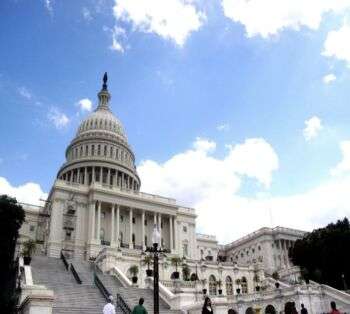
Image Source: https://search.creativecommons.org/photos/729bad9a-21f4-428a-831f-871ed3d4040e by Gage Skidmore
Beginning of Eclecticism as a distinct Design Movement
Firstly, the person who popularized the term “eclectic” is presumed to be Johan Joachim Winckelmann (German art historian and archaeologist.). Further, the term was used for the work of Carracci, who created his painting combining classical tradition with the elements of the Renaissance.

Image source: https://search.creativecommons.org/photos/f94ae58e-6601-45ca-be0e-93621a29f7f6 by Héliodore
The eclectic style it is characterized by the lack of structure offered by a traditional style. Instead, it borrows from a variety of styles, ideas, and theories, drawn from different periods and origins and to create a single project. Thus, a lot of effort and creativity is necessary to make an eclectic-style project look logically interconnected. Further, eclectic design works to make all these different styles work cohesively. However, colors, fabric, and finish tend to be neutral to further help these different influences come together and without looking chaotic.
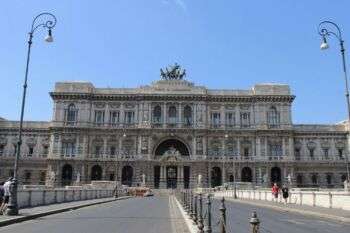
Image source: https://search.creativecommons.org/photos/5bdb6b6a-c598-44b5-ae0c-7b72ee4732b8 by Gary Lee Todd, Ph.D.
In contemporary society, styles that echo many different cultural and historical styles are “eclectic” although references to eclectic architecture within literature and media usually relate to buildings constructed within the eclectic movement (18th-19th century).
Eclectic Designers
- Daniel Burnham
- Alexander Jackson Davis
- Antoni Gaudì
- Josef Hlavka
- Richard Morris Hunt
- Charles Follen McKim
- William Mead
- Richard Norman Shaw
- Stanford White
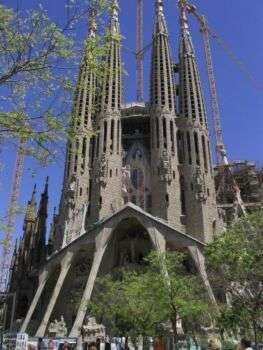
Image source: https://search.creativecommons.org/photos/7932d2a6-909a-4f87-b4a2-570f82097790 by neusitas

Image source: https://search.creativecommons.org/photos/36edc6ca-cccb-4e41-8e0e-f284d64baf25 by jazonz
Eclecticism is a mixed style in the fine arts, which “borrows and combines a variety of styles from different sources.”(Hume 1998,5)
Moreover, eclecticism has rarely constituted a specific style. Rather, it is the combination of historical style elements in architecture, painting, graphic and decorative arts. For example, Agostino, Annibale, and Lodovico Carracci had tried to combine in their art through the symmetry and grace of Raphael, the line of Michelangelo, the chiaroscuro of Correggio, and the color of Titian.
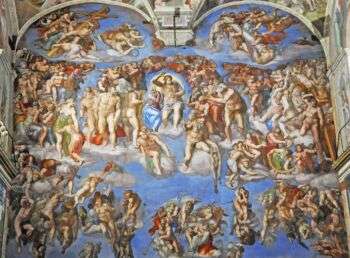
Image source: https://search.creativecommons.org/photos/f6ef0f39-4486-4336-a2ec-fc91c77b3709 by archer10 (Dennis)
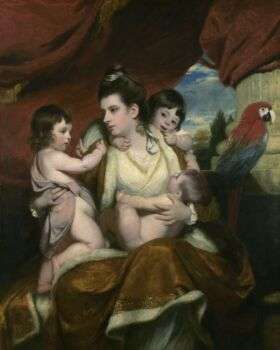
Image source: https://search.creativecommons.org/photos/000db1f8-db57-4e30-9d9a-8d722ed61311 by DJANDYW.COM
One of the most influential supporters of eclecticism in the 18th century was the head of the Royal Academy of Arts in London, Sir Joshua Reynolds. In his famous academical Discourses (1774), he argued that the painter could use the work of the ancients as “joint magazine, always open to the public, from which every man can take all the material he wants” (Reynolds 1775).
Features of Eclecticism
- Use of forms of various historical styles (Gothic, Renaissance, Baroque, Rococo, etc.)
- ‘Freedom of choice’ of architectural and ornamental motifs.
- It tended towards the creation of large urban ensembles in the “Russian” or “European” style.
- Facade eclectic style architecture, despite some fragmentation and monotonous repetition of parts, gave the front of the building a huge relief and charm.
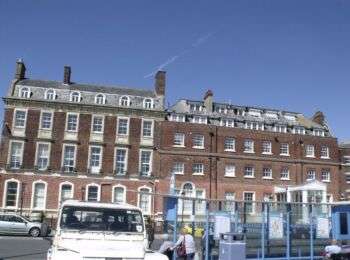
Image source: https://search.creativecommons.org/photos/111e2de7-fb6e-4899-a2c2-a0f27343079b by ell brown
An example of Electicism style is the La Salle, IL. Hegeler Carus Mansion below. Initally, the attic is the key feature that generally allows quick identification. It often includes dormers on the upper level, providing light behind the mansard roof. Further, the floor plan includes pavilions, which are outward projections of the center or sides of a building.
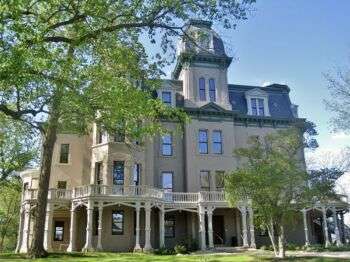
Image source: https://commons.wikimedia.org/wiki/File:Hegeler-Carus_Mansion_(8765254143).jpg
Features of Eclecticism seen in the photo below:
- Charming, unique, irregular, creative atmosphere.
- Line, mass, texture, color, and form are the basic principle that is combined in a way to create a harmonious eclectic interior space.
- Two or more styles are used in the same room.
- Furniture and accessories used are from different design styles and periods.
- Design styles are balanced in proportional size.
- Neutral colors.
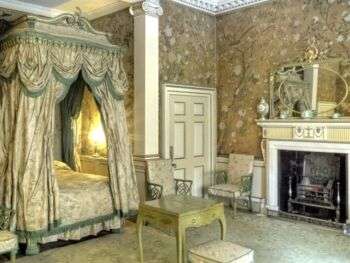
Image source: https://search.creativecommons.org/photos/87eddc81-ac7a-4f17-abf9-22ffd10cf942 by David Dixon
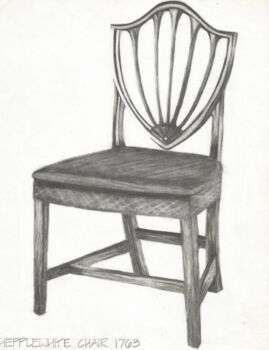
Image source: https://search.creativecommons.org/photos/3a97654d-4692-4ff2-b466-6c7a1f61306e by vaetter5205
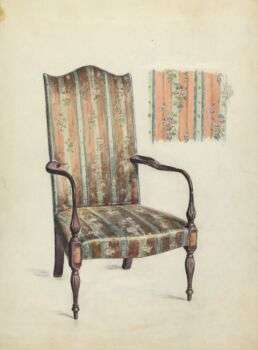
Image source: https://search.creativecommons.org/photos/52621549-fefa-441b-bbea-73114bfa1d18 by Elizabeth Curtis
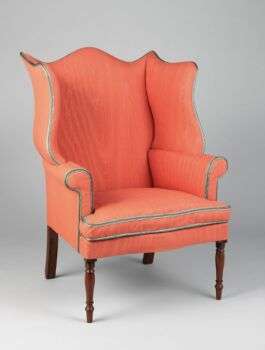
Info sources:
http://www.slideshare.net/sandradraskovic/eclecticism-33883012
https://en.wikipedia.org/wiki/Eclecticism_in_architecture
https://en.wikipedia.org/wiki/Eclecticism_in_art
http://study.com/academy/lesson/eclecticism-in-architecture-definition-meaning.html
http://www.ukweekendbreaks.net/weymouth.php
https://architecturestyles.org/second-empire/
please also visit www.idesign.wiki
